All Stories
-
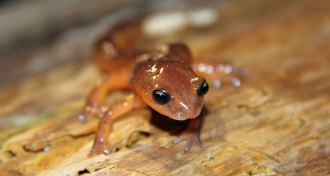 Animals
AnimalsSaving salamanders from amphibian killer may take extreme measures
Experience from lethal Bd fungus outbreak is helping researchers defend North America’s salamander paradise from new Bsal threat.
By Susan Milius -
 Neuroscience
NeuroscienceEarly exposure to signing helps deaf kids on mental task
Deaf kids exposed to sign language from birth performed better on a task that required attention and impulse control.
-
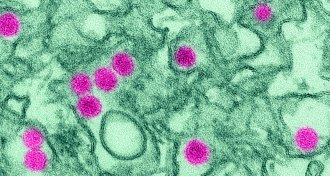 Health & Medicine
Health & MedicineUnknowns about Zika virus continue to frustrate
As worry about the Zika virus outbreak continues to ratchet up, scientists are scrambling to understand what threats the virus poses and how to stop it from spreading.
By Meghan Rosen -
 Environment
EnvironmentVaping linked to host of new health risks
Animal studies and analyses of gene activity point to broad range of potential new health risks from vaping affecting everything from sperm to heart and immunity to mental health.
By Janet Raloff -
 Health & Medicine
Health & MedicineThe best advice on Zika virus and pregnancy is to know the unknowns
There are some practical steps pregnant women and women who want to be pregnant can take to minimize risk of Zika virus infection.
-
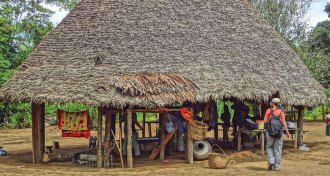 Microbes
MicrobesMicrobe mix varies by kind of home
Urban homes hold more human-associated bacteria compared with rural homes. Subdivided houses with lots of rooms and poor ventilation could be to blame.
By Meghan Rosen -
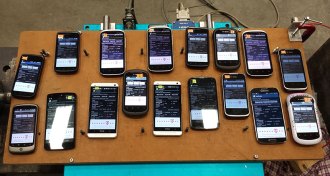 Earth
EarthNew app puts an earthquake detector in your pocket
Smartphone app MyShake uses motion-sensing accelerometers to detect nearby quakes. The app could provide early warnings of incoming tremors, its creators say.
-
 Physics
Physics‘Gravity waves’ is an OK way to refer to gravitational radiation
There’s not lexicographical basis for complaints that ‘gravity wave’ is incorrect usage for gravitational waves.
-
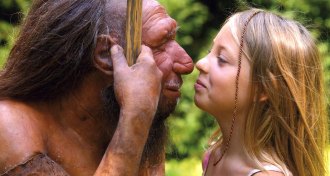 Genetics
GeneticsNeandertal DNA may raise risk for some modern human diseases
Neandertal DNA may once have helped humans, but now may contribute to disease.
-
 Physics
PhysicsThe long road to detecting gravity waves
Thanks to two colliding black holes, Einstein's historic prediction of gravitational waves disturbing the fabric of spacetime has finally been realized.
-
 Physics
PhysicsGravitational waves explained
Colliding black holes send ripples through spacetime that can be detected here on Earth. What are these gravitational waves, and how did Advanced LIGO detect them?
-
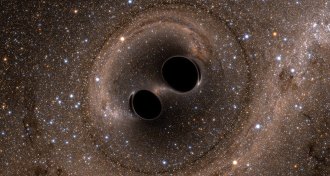 Physics
PhysicsGravity waves from black holes verify Einstein’s prediction
Gravitational waves, tremors in the cosmic fabric of space and time predicted by Einstein a century ago, have finally been detected, opening a new avenue for exploring the universe.
By Andrew Grant